Interior Architecture & Design (BFA)
Interior Architecture & Design (BFA)
The School of Interior Architecture & Design’s BFA curriculum integrates theory, design, and technology in tandem with the standards of the industry. Our students develop the requisite intellectual, artistic, and ethical abilities necessary for professional practice.
The interior design program leading to the Bachelor of Fine Arts [BFA] in Interior Architecture & Design is accredited by the Council for Interior Design Accreditation, www.accredit-id.org, 206 Grandville Avenue, Suite 350, Grand Rapids, MI, 49503.
The CIDA-accredited program prepares students for entry-level interior design practice, for advanced study, and to apply for membership in professional interior design organizations. The Bachelor of Fine Arts [BFA] in Interior Architecture & Design granted by Academy of Art University meets the educational requirement for eligibility to sit for the National Council for Interior Design Qualification Examination (NCIDQ Exam). For more information about NCIDQ Exam eligibility visit: https://www.cidq.org/eligibility-requirements.
AA MA MFA CertBachelor of Fine Arts (BFA) Degree
Available Online & On Campus
Core Classes
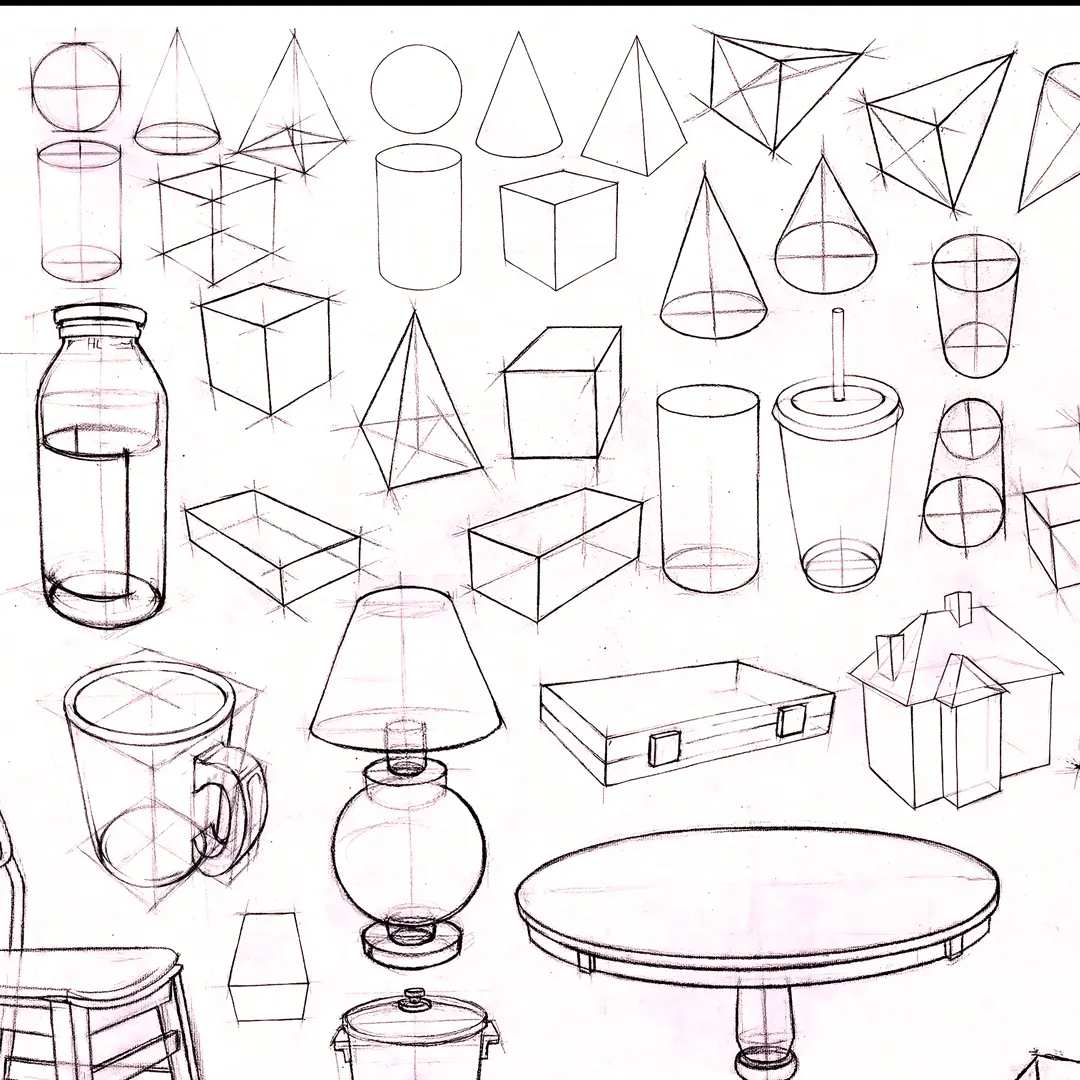

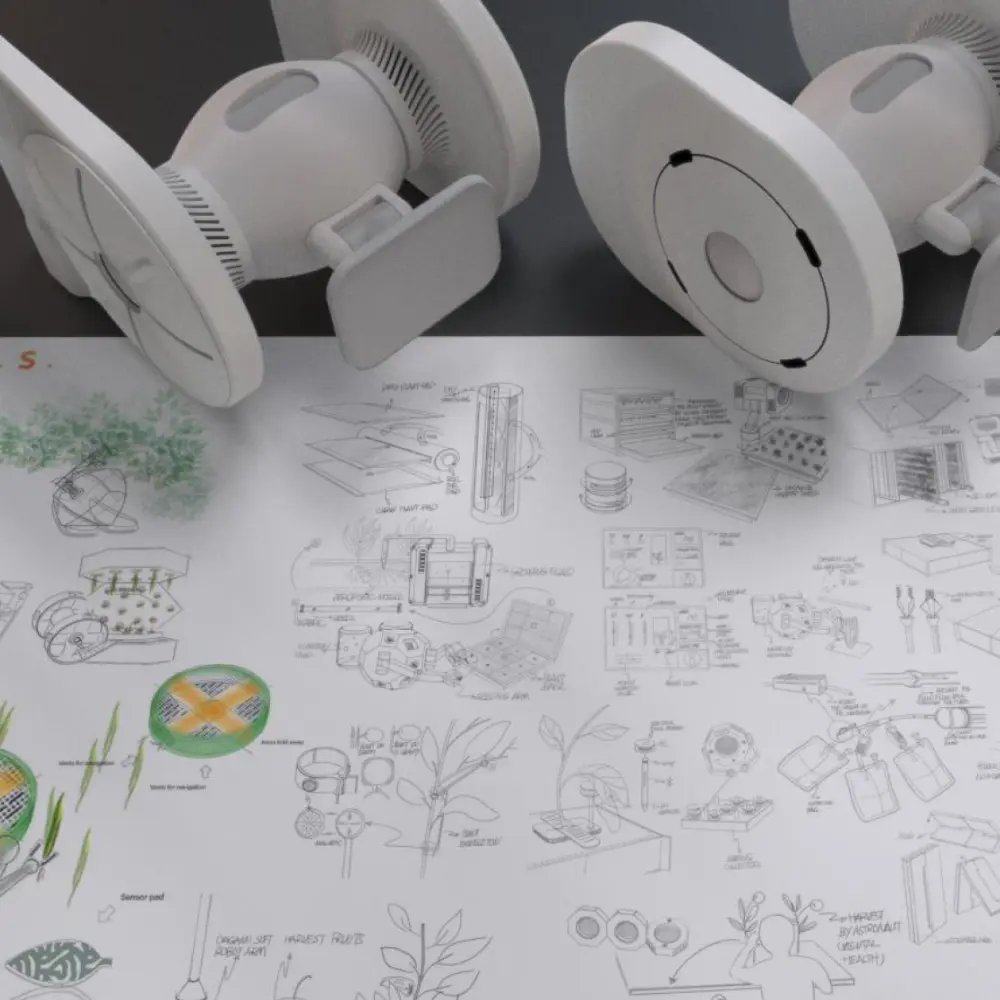

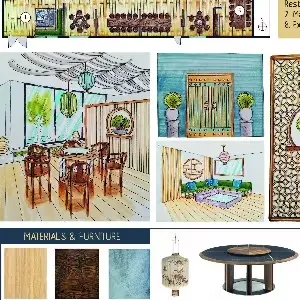

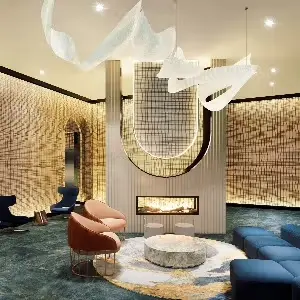
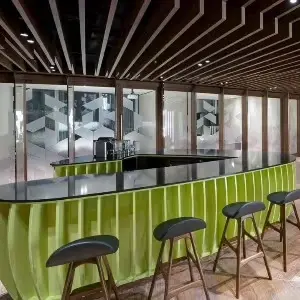
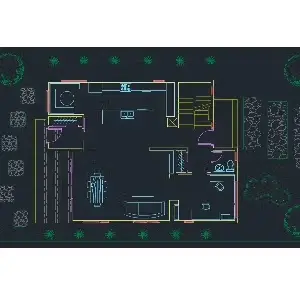
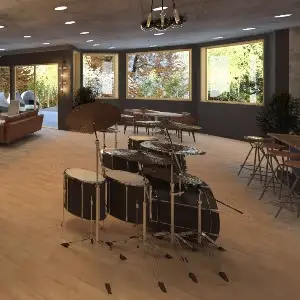
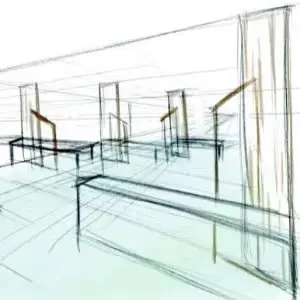
Unit Requirements
| Major Coursework | Units |
|---|---|
| Core | 24 |
| Sophomore Portfolio | 3 |
| Junior Portfolio | 3 |
| Senior Portfolio | 6 |
| Major | 33 |
| Liberal Arts | 42 |
| Electives | 9 |
| Total | 120 |
Degree Requirements
BFA INTERIOR ARCHITECTURE & DESIGN DEGREE REQUIREMENTS
- Minimum grade of C- in all core courses, major courses, LA 226, and LA 229.
- Minimum 2.0 GPA and the following general education requirements:
2 Art Historical Awareness: Western Art courses
1 Interior Architecture History: Traditional course
1 Interior Architecture History: Contemporary course
1 Employment Communications and Practices course
1 Art & Design Communication course
1 Written Communication: Critical Thinking course
1 Historical Awareness course
1 Quantitative & Human Factors course
1 Cultural Ideas & Influences course
After above general education requirements are met, take Liberal Arts electives as needed to fulfill the Liberal Arts unit requirement.
Additional Information

Program Learning Outcomes
Undergraduate students will meet the following student performance criteria:
Human & Global Centered Design
- Apply interior solutions that consider users’ cultural and social needs
- Apply interiors solutions that consider users’ physical needs
- Apply interiors solutions that consider ecological and sustainable principles
Design Process & Conceptual Thinking
- Develop appropriate programming documents that identify user needs through the gathering and analysis of information
- Produce schematic design solutions that meet programmatic requirements and conceptual intent
- Create refined design solutions culminating in design development presentations
- Produce construction documentation of interior buildings and FF & E specifications
Furnishings & Materiality
- Furniture and fixtures are appropriate to the programming needs and design intent
- Textiles are appropriate to the programming needs and design intent
- Interior construction materials are appropriate to the programming needs and design intent
Integrated Design
- Develop design solutions that consider major construction types and construction systems, such as, electrical, mechanical, energy, security, and acoustics through design decisions
- Demonstrate an understanding of lighting systems by creating lighting solutions that address aesthetics, function, and energy conservation
- Demonstrate an understanding of federal regulations impacting accessibility and universal/inclusive design principles through the application of these professional standards in design solutions
- Demonstrate an understanding of the laws and codes impacting life safety through application of these professional standards on design solutions
Fundamentals of Design
- Apply the elements and principles of two and three-dimensional design, across all platforms, in design solutions and visual communications
- Apply color principles and theories, across all platforms, in design solutions and visual communications
- Demonstrate an understanding of movements and traditions in interior design, architecture, furnishings, and the visual arts and consider their relationship in current design
Oral, Written & Visual Literacy
- Describe how design solutions support the project requirements and design intent in written analysis
- In an oral presentation, describe a design project while defining how the design solutions support the project requirements and design intent
- Communicate ideas and solutions through freehand & digital drawing and drafting, three-dimensional models, renderings, ideation sketching, and comprehensive visual presentations
Professional Practice & Collaboration
- Demonstrate knowledge of professional practice, business and contract procedures, and business ethics
- Collaborate with other disciplines in the development of interior environments
- Produce a portfolio and identity system to qualify for an entry position in interior architecture and design
Academy of Art University Learning Outcomes
Graduates of the Academy of Art University will demonstrate the ability to:
- Produce a body of work suitable for seeking professional opportunities in their chosen field of art and design.
- Solve creative problems within their field of art and design, including research and synthesis of technical, aesthetic, and conceptual knowledge.
- Communicate their ideas professionally and connect with their intended audience using visual, oral, and written presentation skills relevant to their field.
- Execute technical, aesthetic, and conceptual decisions based on an understanding of art and design principles.
- Use professional terminology to evaluate their work and work in the field.
- Recognize the influence of major cultural and aesthetic trends, both historical and contemporary, on art and design products.
- Learn the professional skills and behaviors necessary to compete in the global marketplace for art and design
- Engage with a variety of communities beyond the classroom through internship opportunities, study abroad programs, student interest clubs, and participation in collaborative, civic, and pro bono projects.
*Semester plans are subject to change at any time. Semester breakdowns displayed are suggested and additional options are available to help customize your educational experience. Speak to an admissions or student services representative for more information. Please see our catalog for more details at: https://catalog.academyart.edu